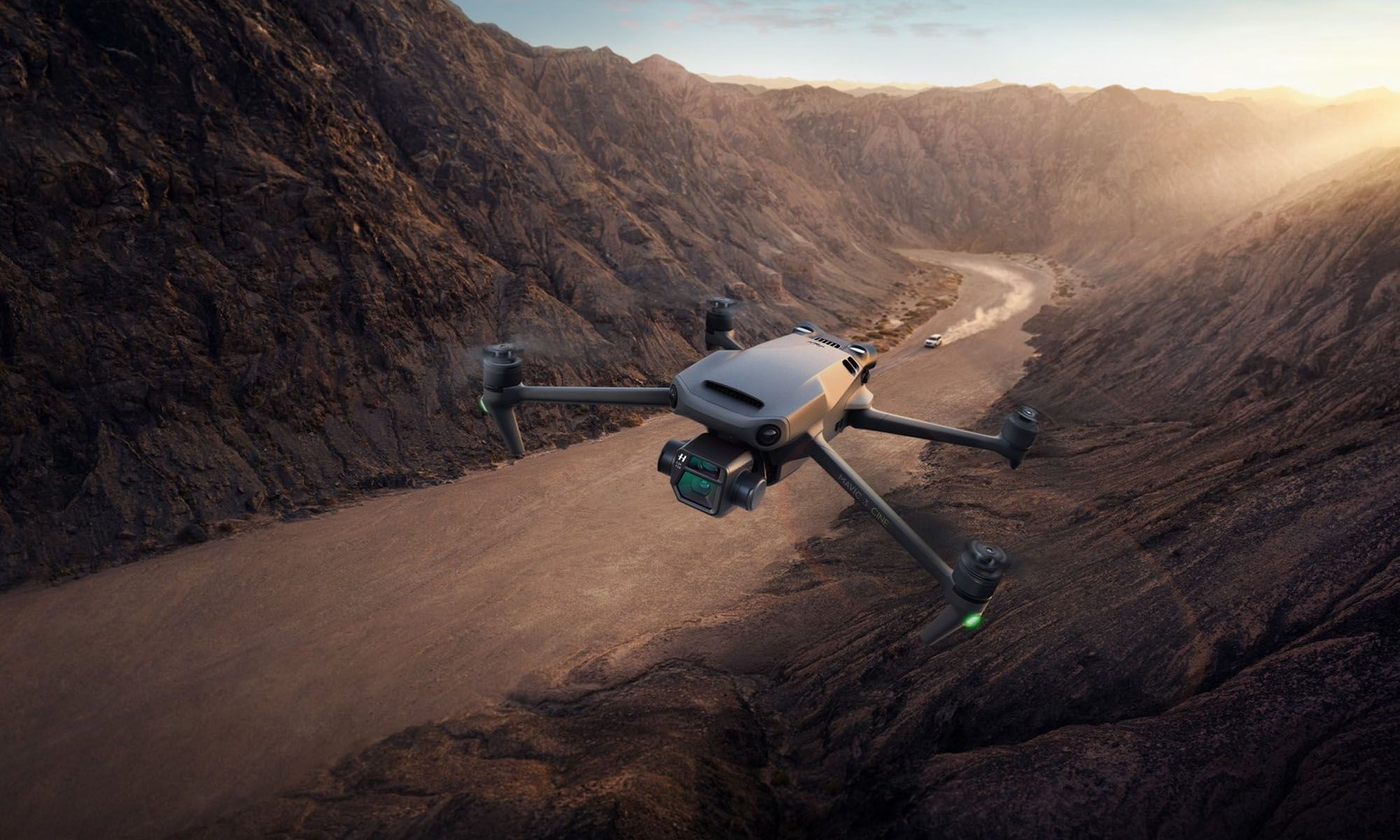News
UAE Bans Recreational Drone Use Following Deadly Attack
Those who break the new rule and get caught flying their drones can face financial penalties or go to jail for up to three years.

Drones have many legitimate uses, from capturing the world from the bird’s-eye view for journalism and film to delivering packages and even precious cargo like defibrillators to playing an important role in search and rescue operations. But just like every other technology, a drone can be used both for good and evil.
Recently, a drone attack on an important oil facility in Abu Dhabi killed three people and led to a fire at Abu Dhabi’s international airport. The attack was claimed by Yemen’s Houthi rebels, who have since then launched more attacks against the United Arab Emirates and its neighbor, Saudi Arabia.
Based on currently available information, it seems that the attackers have strapped bombs to large consumer-grade drones with enough carrying capacity and battery power to take them to their destination.
“Several attacks, a combination of cruise missiles, ballistic missiles, and drones, targeted civilian sites in the UAE” said Yousef Al-Otaiba, UAE ambassador to Washington. “Several were intercepted, a few of them didn’t and three innocent civilians, unfortunately, lost their lives”.
In response to the attacks, the UAE has banned hobbyists from flying their drones and other light aircraft, such as gliders. Those who break the new rule and get caught flying their devices can face financial penalties or go to jail for up to three years, reports the Dubai-based Khaleej Times.
Also Read: SpaceX Inspiration4 Tourists Share Incredible Photos Of Earth
Even before this announcement, drone enthusiasts in the UAE have already been required by law to obtain a certificate from the Dubai Civil Aviation Authority. The certification process is now put on indefinite hold, and its official website displays an error message.
According to the Ministry of Interior, exceptions can be made on a case-by-case basis for work contracts or commercial or advertising projects that rely on filming using drones.
News
Google Releases Veo 2 AI Video Tool To MENA Users
The state-of-the-art video generation model is now available in Gemini, offering realistic AI-generated videos with better physics, motion, and detail.

Starting today, users of Gemini Advanced in the MENA region — and globally — can tap into Veo 2, Google’s next-generation video model.
Originally unveiled in 2024, Veo 2 has now been fully integrated into Gemini, supporting multiple languages including Arabic and English. The rollout now brings Google’s most advanced video AI directly into the hands of everyday users.
Veo 2 builds on the foundations of its predecessor with a more sophisticated understanding of the physical world. It’s designed to produce high-fidelity video content with cinematic detail, realistic motion, and greater visual consistency across a wide range of subjects and styles. Whether recreating natural landscapes, human interactions, or stylized environments, the model is capable of interpreting and translating written prompts into eight-second 720p videos that feel almost handcrafted.
Users can generate content directly through the Gemini platform — either via the web or mobile apps. The experience is pretty straightforward: users enter a text-based prompt, and Veo 2 returns a video in 16:9 landscape format, delivered as an MP4 file. These aren’t just generic clips — they can reflect creative, abstract, or highly specific scenarios, making the tool especially useful for content creators, marketers, or anyone experimenting with visual storytelling.
Also Read: Getting Started With Google Gemini: A Beginner’s Guide
To ensure transparency, each video is embedded with SynthID — a digital watermark developed by Google’s DeepMind. The watermark is invisible to the human eye but persists across editing, compression, and sharing. It identifies the video as AI-generated, addressing concerns around misinformation and media authenticity.
While Veo 2 is still in its early phases of public rollout, the technology is part of a broader push by Google to democratize advanced AI tools. With text-to-image, code generation, and now video creation integrated into Gemini, Google is positioning the platform as a full-spectrum creative assistant.
Access to Veo 2 starts today and will continue expanding in the coming weeks. Interested users can try it out at gemini.google.com or through the Gemini app on Android and iOS.



















